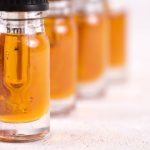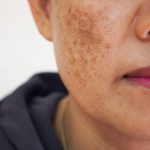
Cannabinoid products may interfere with some prescription medications, so people who use them should add these to the list of supplements they tell their doctors about. This interference could have serious health consequences, according to Penn State Health, which offered some additional advice as legal medical and recreational cannabis becomes more common. “Whether it’s recreational cannabis, prescribed cannabinoid or medical marijuana, it’s important your doctor knows you’re using it,” said Kent Vrana, head of the pharmacology department at Penn State College of Medicine. “A problem in Pennsylvania is that you can get a medical marijuana card without any involvement by your [primary care physician], meaning your doctor may have no idea you’re using if you don’t say something,” Vrana said in a college news release. It’s possible that over-the-counter cannabidiol, better known as CBD, could benefit millions of people because of its medicinal properties without the high feeling, Penn State Health said. Recreational marijuana contains tetrahydrocannabinol (THC), which makes users high. THC is sometimes present in CBD products. CBD has been proven safe and effective in the treatment of seizure disorders and may be useful for treating some cancers, Vrana said, but science on the substance is still limited. Prescription CBD is considered safe when used as directed. But other marketed products, such as oils, lotions or gummies, may not be approved by the U.S.… read on > read on >


















